Lawn weeds can be a growing headache for property managers and are a primary concern when it comes to maintaining lawns. Unfortunately, it’s an annual battle that many facility and property managers endure. Without a doubt, weeds will find a way to creep back into your lawn, whether it’s from the wind, birds, a lawnmower, or possibly even through your very own soil which may contain weed seeds. While we continuously fight to be weed free, the question isn’t if you’ll have weeds to deal with, but rather when.
We’ve gathered a list of common weeds you might find in your lawn and what measures you can take to keep them at bay.
Broadleaf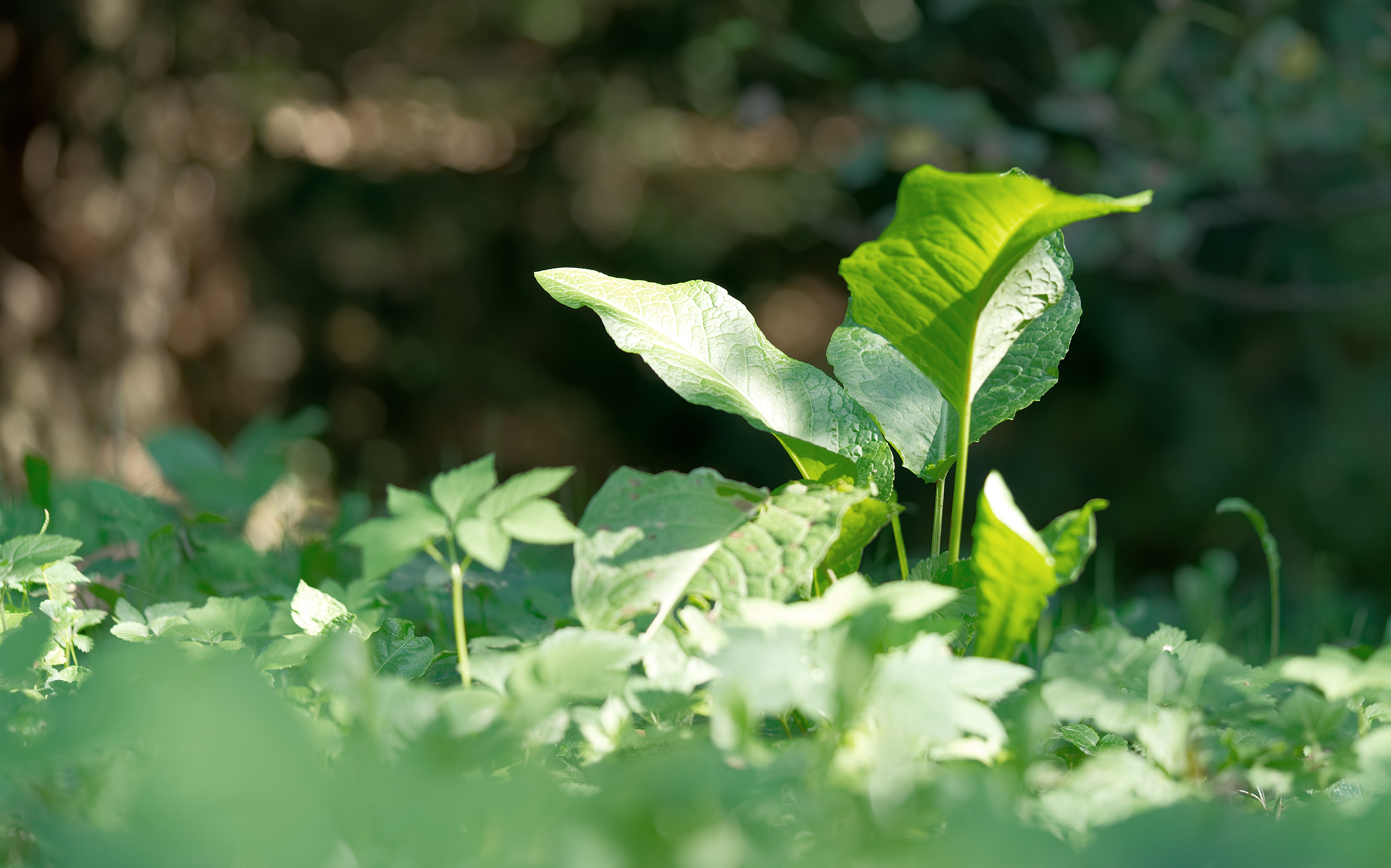 Plantain:
Plantain:
The broadleaf plantain is a perennial weed that has smaller leaves with a green leaf base. Blooming in spring to early summer, you will notice it adapts well to most sites, including drought tolerant conditions and thriving in overwatered soil. They can grow in heavy soils, sunny or shady areas and under very low mowing heights. Since these weeds reproduce readily by seed, they will require repeat applications of a post-emergent, broadleaf herbicide to effectively kill off large populations. To help manage broadleaf plantain aerate your soil, avoid overwatering, and using proper mow cut heights.
.jpg) Common Chickweed:
Common Chickweed:
Common chickweed is a low, dense growing annual weed that has branching stems with small, white, star-like flowers and five deeply-notched petals. This winter annual germinates in late fall and will start flowering in the spring. It prefers moist, fertile, and partly shaded locations but may sprout seeds in dry soil. Chickweed will also appear in lawns with thin turf. Control it with pre-emergent herbicides in late summer or early fall to prevent seeds from germinating or use a post-emergence control and apply it to actively growing immature weeds in the fall. If spring application is made you may need more than one application. Keep in mind that herbicide effectiveness is reduced as weeds mature.
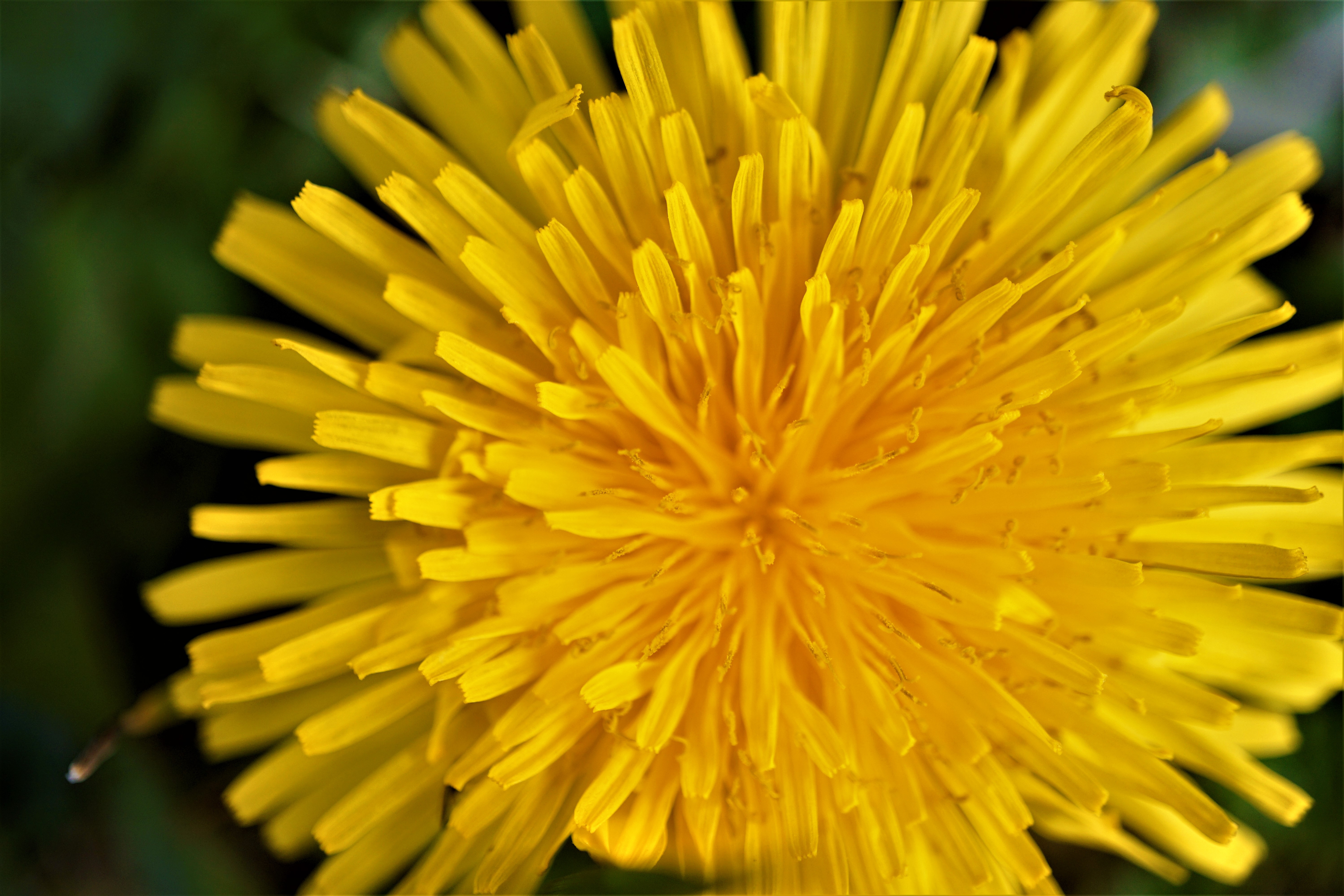 Dandelion:
Dandelion:
Probably the icon of summer weeds any lawn faces, dandelions emerge in early spring when the soil temperatures reach 50 degrees Fahrenheit. These persistent perennials come equipped with a deep taproot sprouting bright yellow blossoms that grow on end of leafless, hollow stalks and emit a white milky sap when broken. You may also recognize these with a white puffball seed head. This appears shortly after mowing. Dandelions reproduce readily by seed, and spread quickly by the dispersal of wind. They prefer moist conditions and soils, but thrive in weak, thin turf. Apply a post-emergent herbicide in early spring when temperatures are still cool.
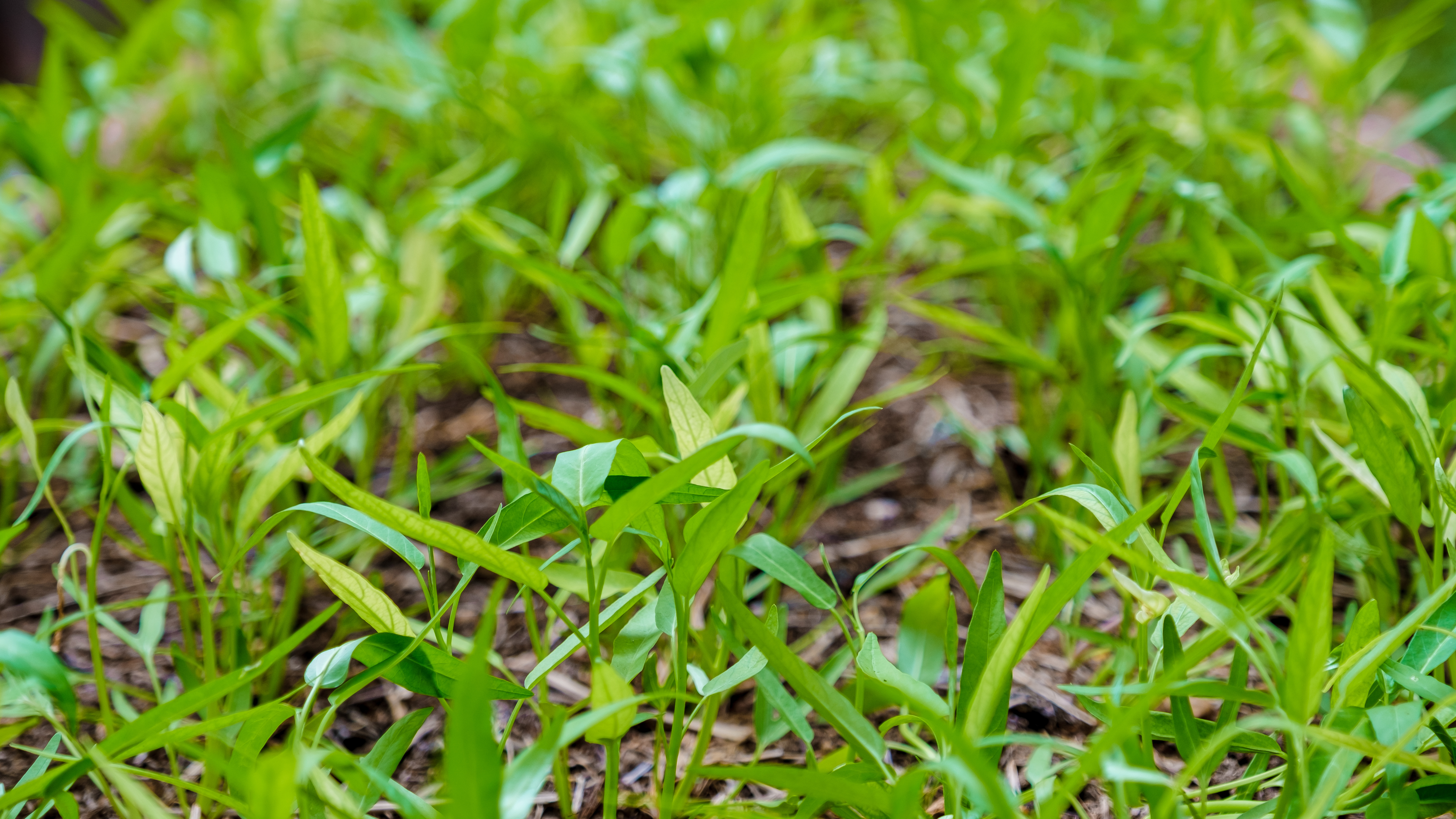 Crabgrass:
Crabgrass:
Crabgrass gets its name from their leaves because they form a tight, crab-like circle. The summer annual germinated when soil temperatures reach a consistent 55 degrees Fahrenheit and appear in weak or bare areas of the lawn. Treating crabgrass can be tricky because over and under watering both favor its growth, along with close mowing. To control it, spray with a pre-emergent crabgrass herbicide in the spring when temperatures reach 55 degrees Fahrenheit to keep seeds from sprouting.
There are different types of crabgrass you can be on the lookout for:
Large crabgrass is a bunching-type grass featuring seed head spikelets in two to nine fingerlike branches along the stalk.
Southern crabgrass forms in dense strands in open sites. It grows laterally along the ground with branched stems that root at the nodes.
Smooth crabgrass can be distinguished from large crabgrass by the absence of hairs on the leaves. The seed head features two to six fingerlike spiked branches.
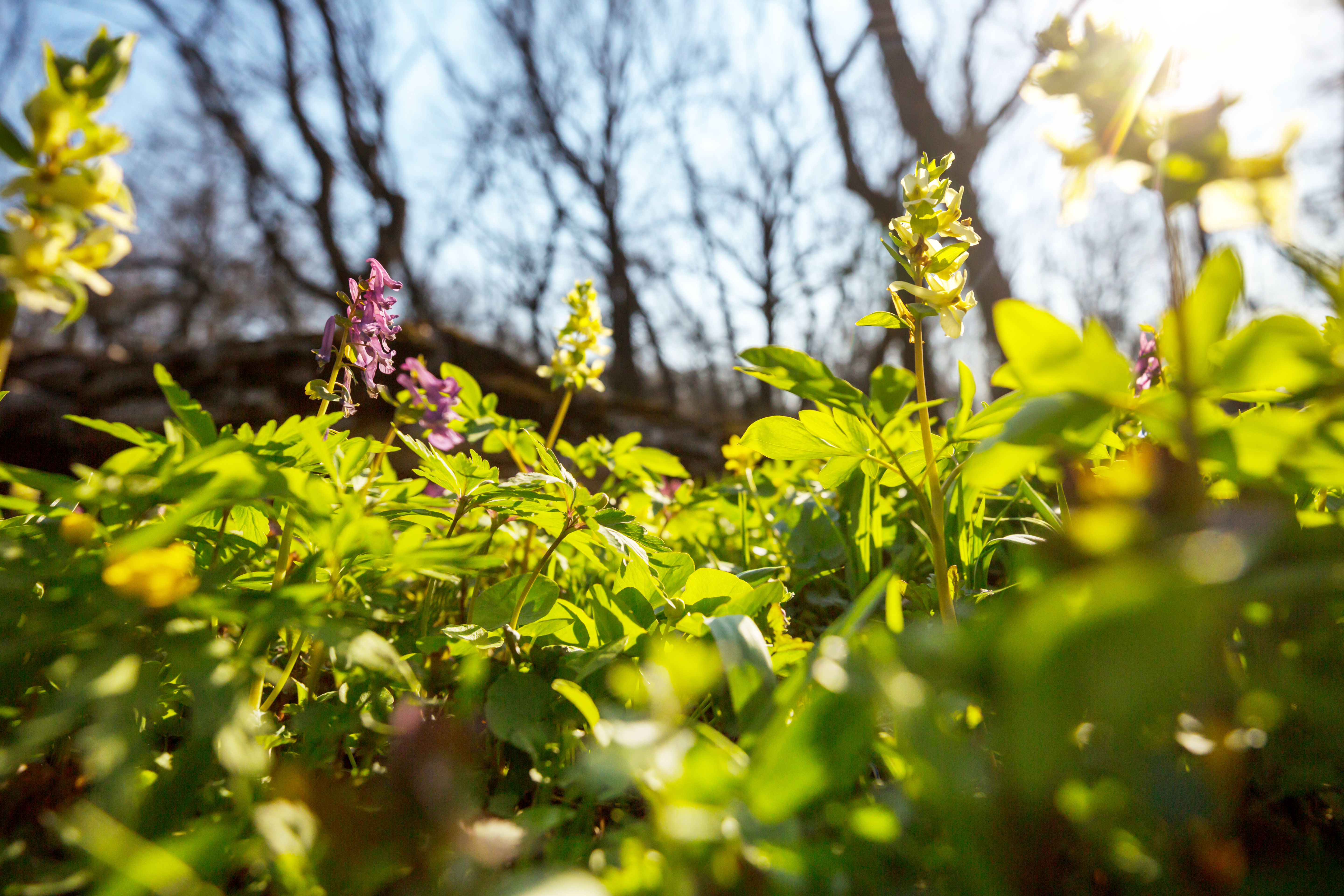 Ground Ivy:
Ground Ivy:
Ground ivy is a perennial with square stems that extend several feet and root at the leaf nodes. These weeds showcase rounded scalloped leaves and small funnel-shaped purple flowers that grow in clusters. Ground ivy prefers shady, moist areas of the lawn with poor fertility, and can tolerate low mowing heights. Fall is an excellent time to use a post-emergent herbicide to treat it. Applications in the spring (when it is in flower) is also a good time to get effective control.
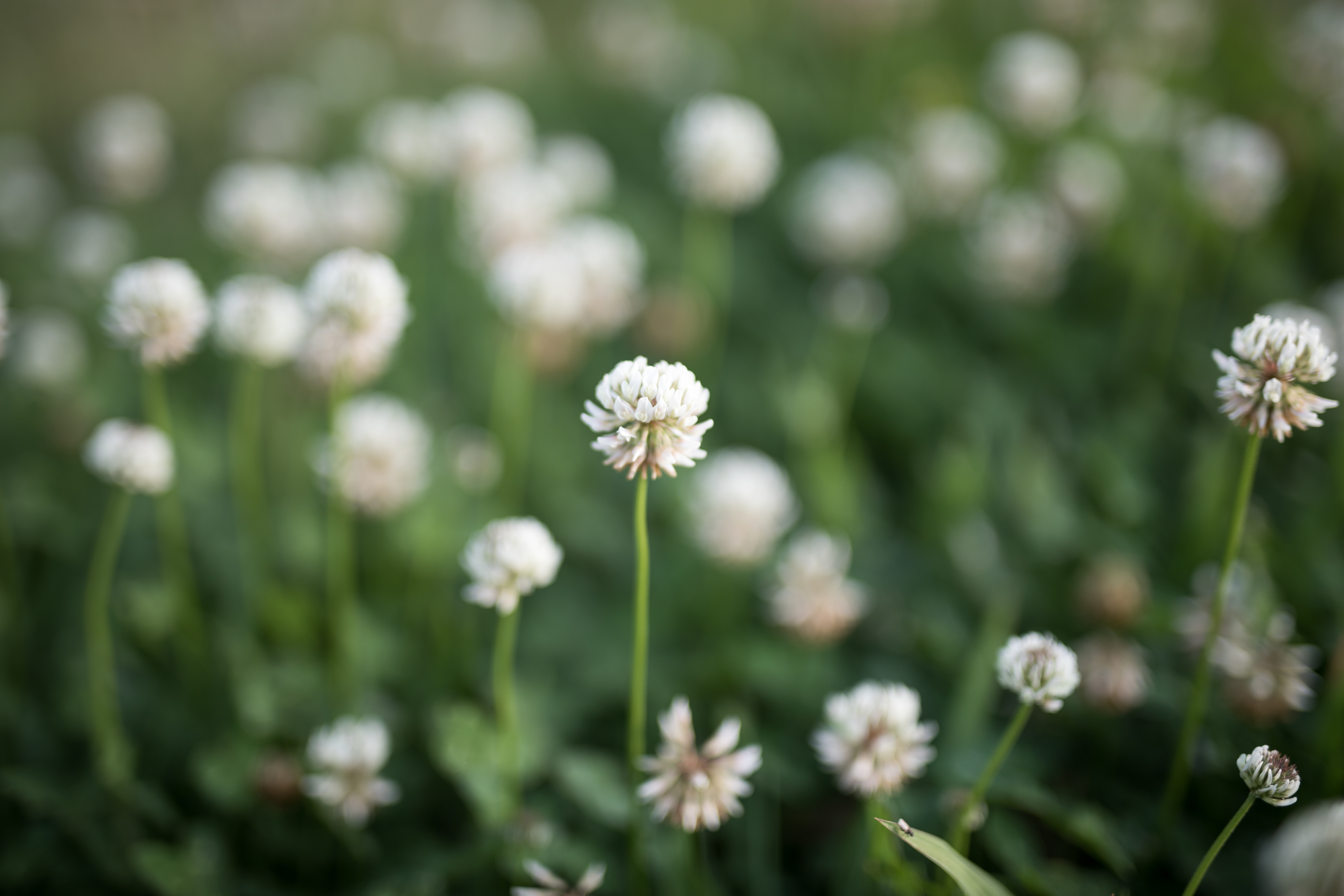 White Clover:
White Clover:
Interestingly, white clover used to be a common ingredient in lawn seed blends. However, now it’s regarded as a common weed in your lawn. White clovers are a low-growing, creeping winter perennial with stems that root at nodes. The elliptical leaves are grouped in threes and usually have a light green or white band like a watermark, plus toothing on the edges. These weeds are most noticed for their white to pink-tinged flower clusters growing from the long stems that usually rise above the leaves. They actively grow in cooler temperatures with increased moisture and where soil is poor and low in nitrogen.
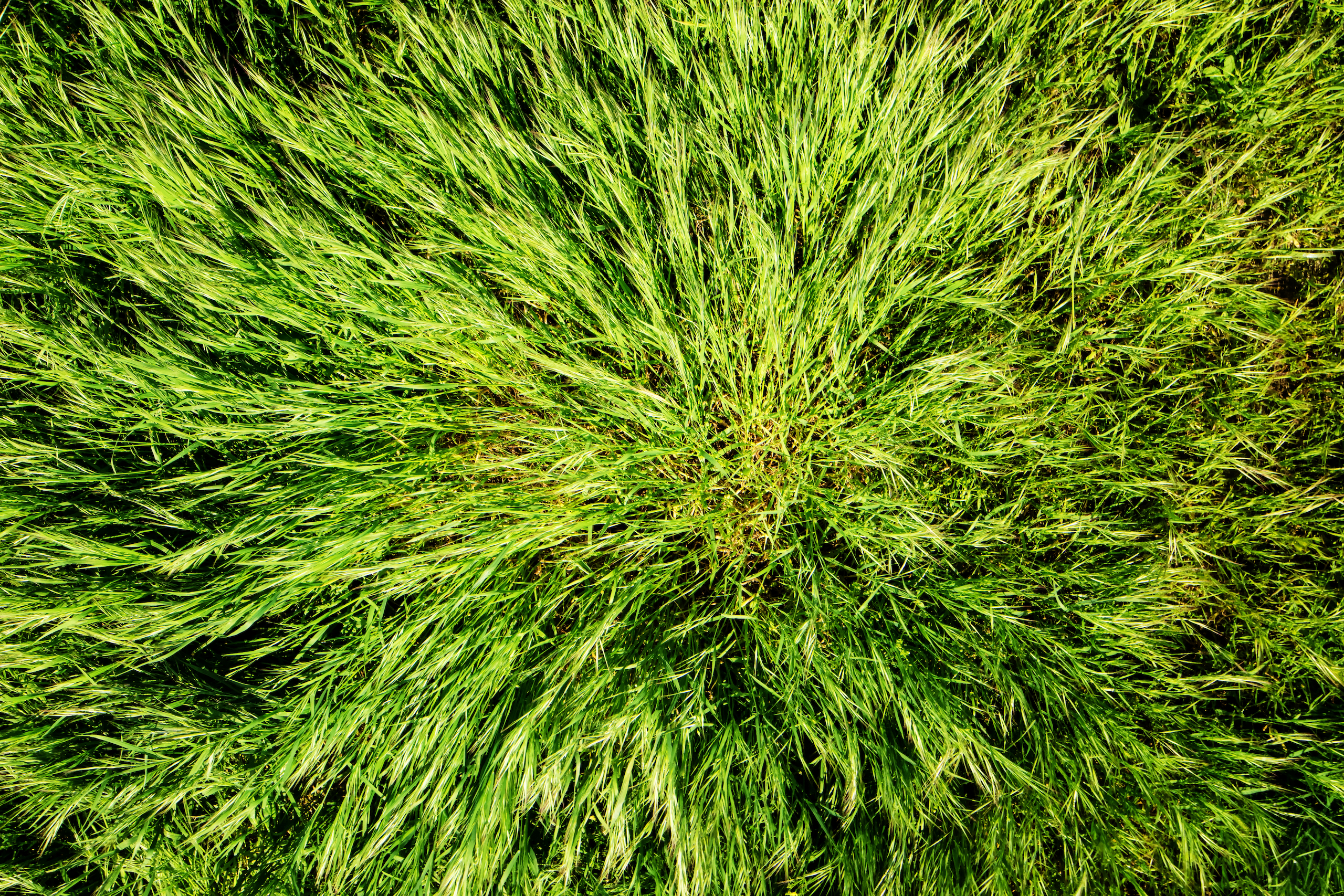 Annual Bluegrass:
Annual Bluegrass:
Annual bluegrass is an annual weed, just as the name suggests. It blends very well with fescue grasses due to its light green color. Its color, however, makes it stand out in dark green turf grasses and will typically form in clumps, so it’s easy to spot the culprit. Annual bluegrass seeds germinate in late summer as temperatures start falling below 70 degrees. It appears where overwatering occurs and/or there is poor draining soil. Since it produces most it its seed head in the spring, applying a pre-emergent herbicide prior to germination of the seedlings will prevent growth.
 Wild Violet:
Wild Violet:
These perennial weeds are pansy-like flowers featuring five blue-violet, lilac or white petals that grows in bunches reaching 2-5 inches tall. Wild violets can quickly take over cool, shady, moist, and fertile soil. Eradicating these weeds can be difficult due to its aggressive growth and resistance to many herbicides. To control, apply a post-emergent broadleaf herbicide as soon as the violets reach the two-leaf stage of growth.
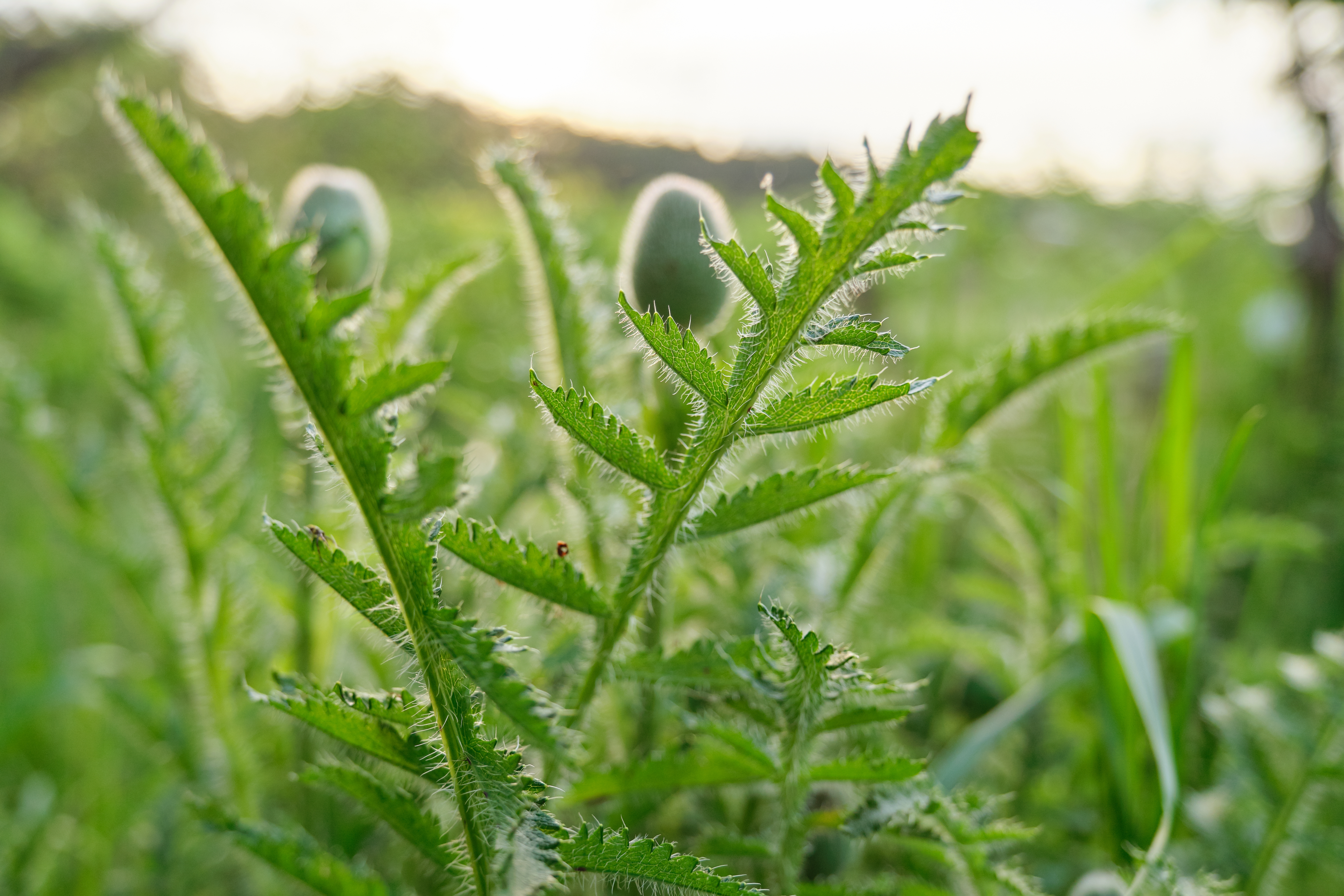 Bull Thistle:
Bull Thistle:
Bull thistle is a biennial that can form large infestations, especially along roads and vacant fields. They bloom in mid to late summer and grow erect with spines on the leaves and stems. They are coarsely hairy on the upper side, contain softer, whitish hairs below and rose to reddish-purple flowers grow at the ends of the branches. Bull thistle reproduces by seed only. For optimum control, application prior to seed set is most effective. Apply a post-emergent herbicide in fall or early spring, when the thistle is in the seedling to rosette stage.
Weeds can be deceptive in your lawn, and they aren’t shy to grow and spread quickly! They are your lawns biggest threat to staying lush, green and healthy. At Bluegrass, we provide you with a preemptive weed control program to help stop those weeds in their tracks. Give us a call today at 314.770.2828 or fill out our simple online contact form to discuss your lawn care needs.




